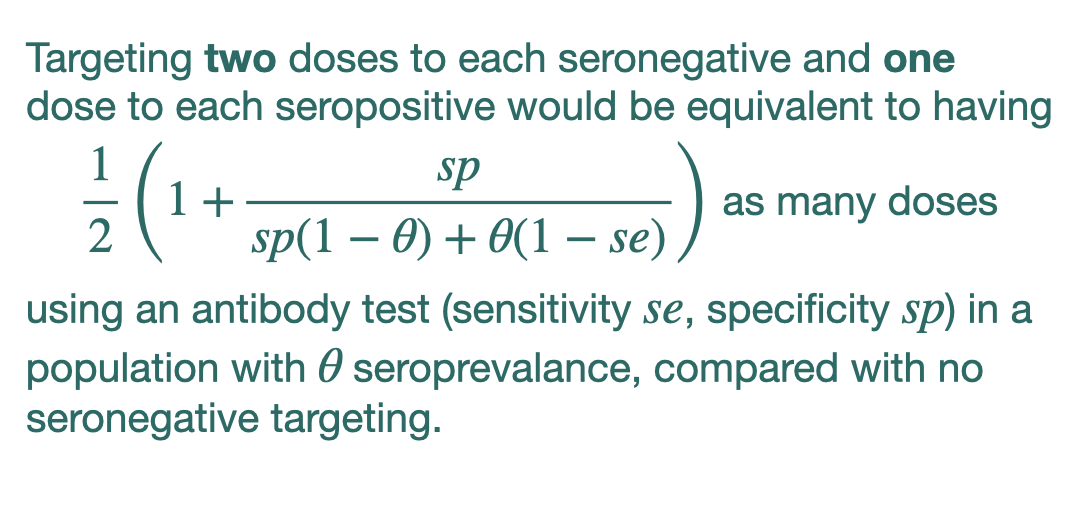
Nasal-swab rapid tests failed to identify omicron infections for 2 to 3 days after saliva-based PCR tests identified high concentrations of viral RNA.
A new paper from @DrBlytheAdamson @robbysikka @awyllie13 and Prem Premsrirut has the details. 👇👏 1/4
medrxiv.org/content/10.110…
A new paper from @DrBlytheAdamson @robbysikka @awyllie13 and Prem Premsrirut has the details. 👇👏 1/4
medrxiv.org/content/10.110…

This means that rapid tests aren't catching people during their first few days of infection. But sensitive PCR tests are slowed by day++ turnarounds.
Suggests we're unlikely to test our way out of the current surge, even if we each had a week's supply of rapid tests at home. 2/4
Suggests we're unlikely to test our way out of the current surge, even if we each had a week's supply of rapid tests at home. 2/4
One point which will not escape folks like @CaseyEMiddleton and @SBtotheDub is the "infectious" and "not infectious" annotations on the plot, based on N-gene RNA Ct.
While link between Ct and infectiousness is imperfect, the authors *also* directly document transmissions! ✅ 3/4
While link between Ct and infectiousness is imperfect, the authors *also* directly document transmissions! ✅ 3/4
And...
More reinforcement of why preprint-sharing and #sciencetwitter are absolutely brilliant. Kudos to the authors for openly sharing their work quickly. Thank you! 4/4
More reinforcement of why preprint-sharing and #sciencetwitter are absolutely brilliant. Kudos to the authors for openly sharing their work quickly. Thank you! 4/4
After praising #sciencetwitter, let me tip the hat to @DiseaseEcology who noted that my comments combine issues associated w/ (1) saliva-vs-nasal specimen and (2) Ag tests.
Would saliva+Ag outperform nasal+Ag? Potentially, though unclear how much earlier. Would love data! [n+1]
Would saliva+Ag outperform nasal+Ag? Potentially, though unclear how much earlier. Would love data! [n+1]
• • •
Missing some Tweet in this thread? You can try to
force a refresh











